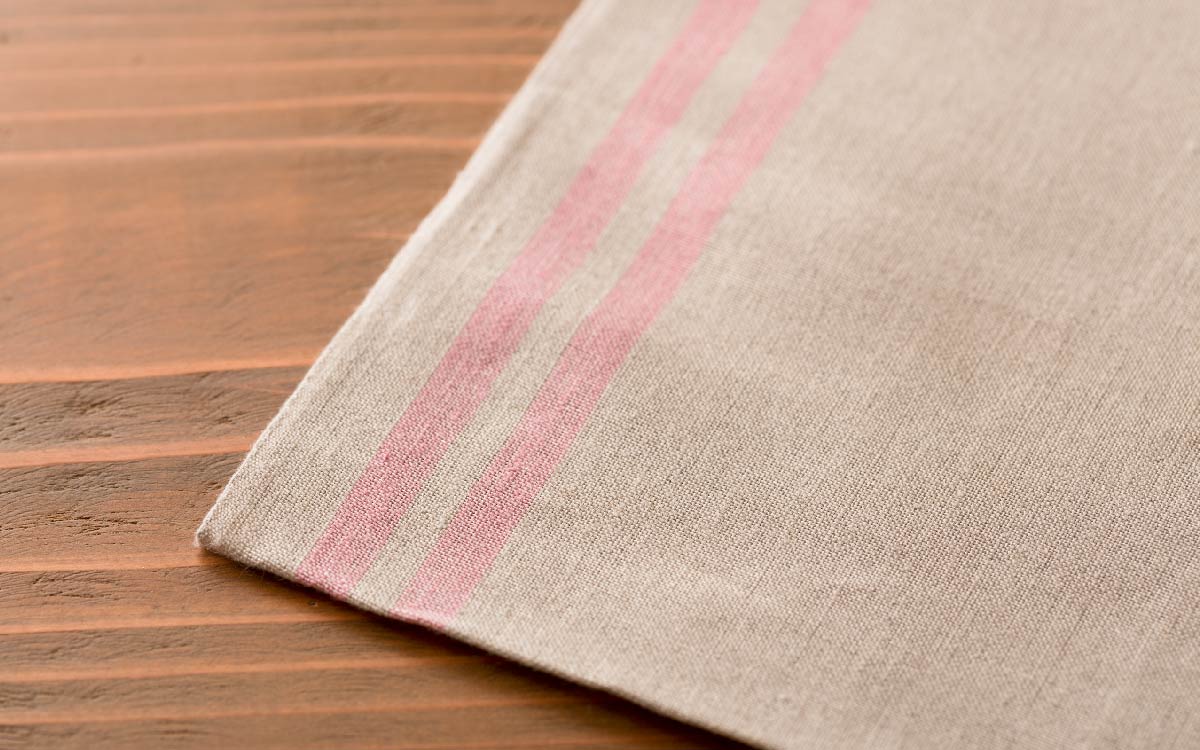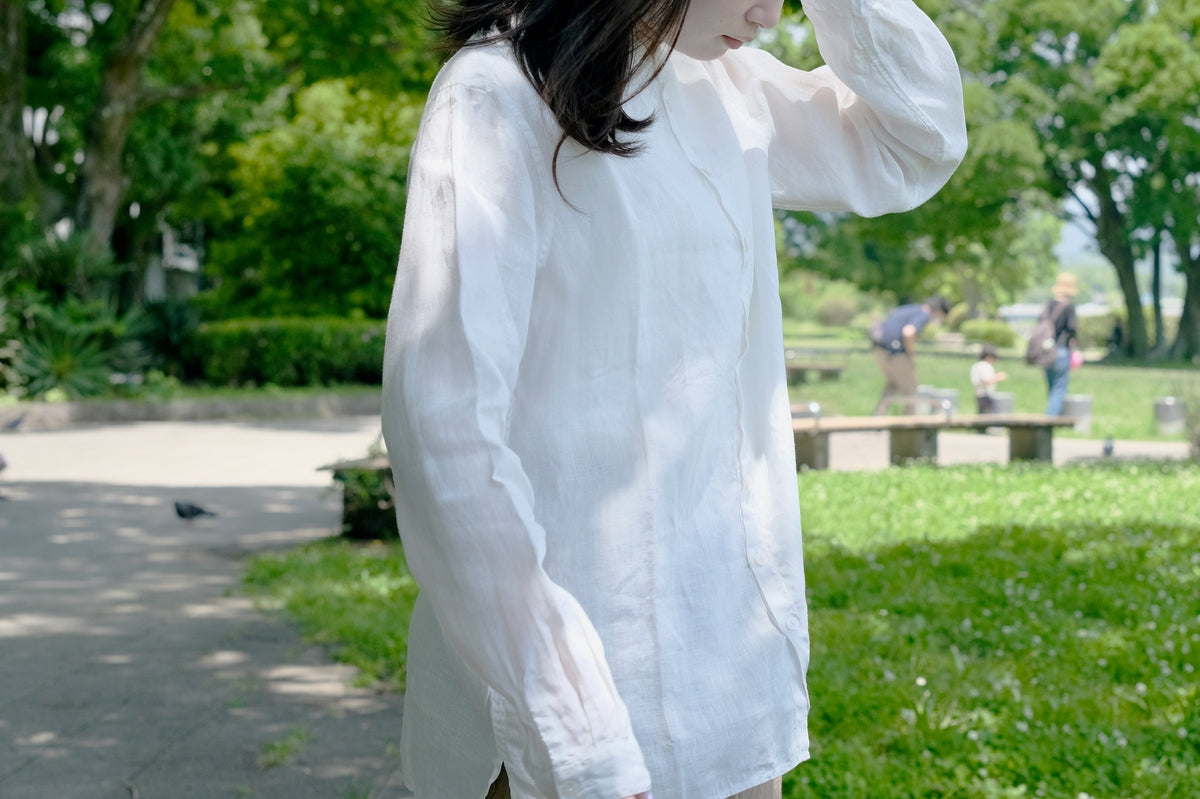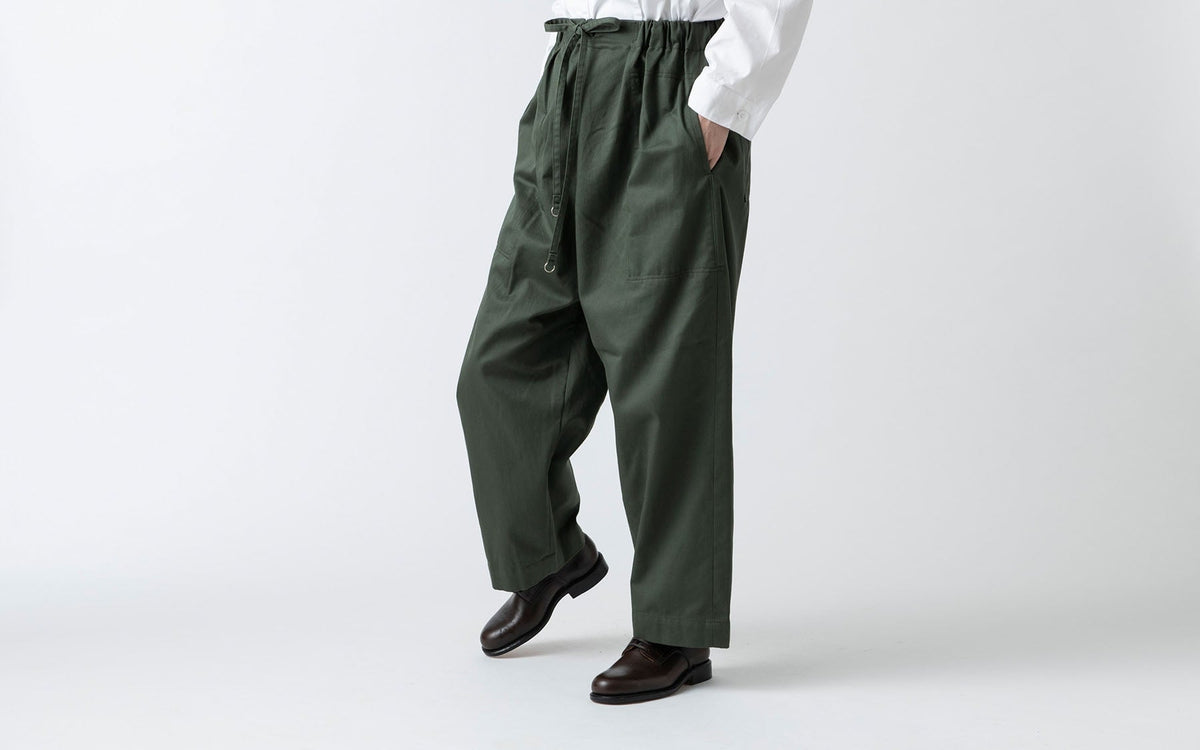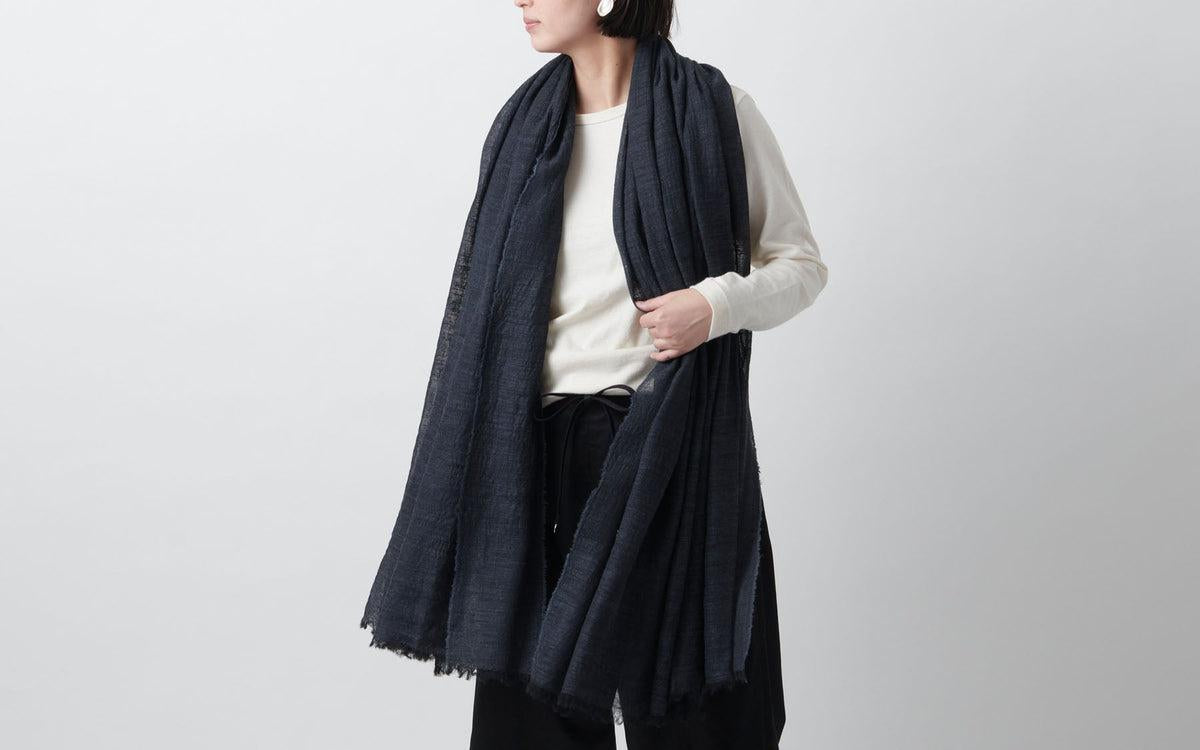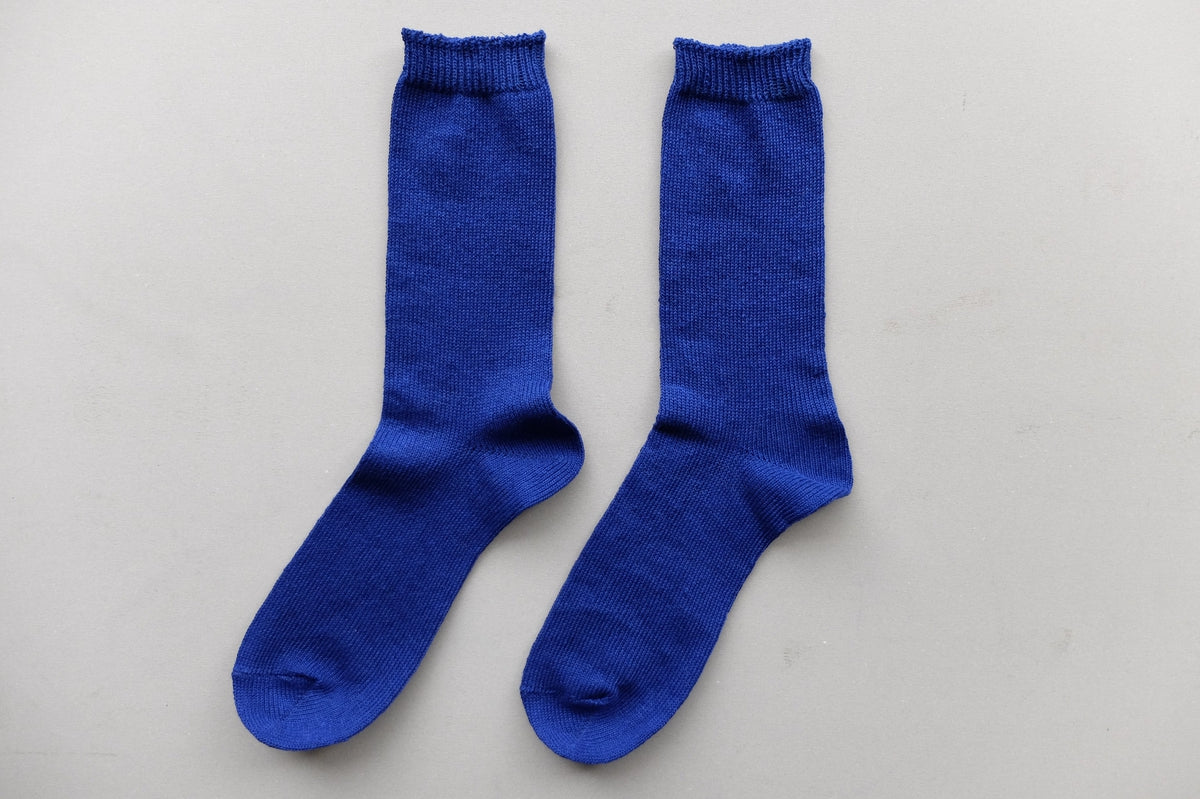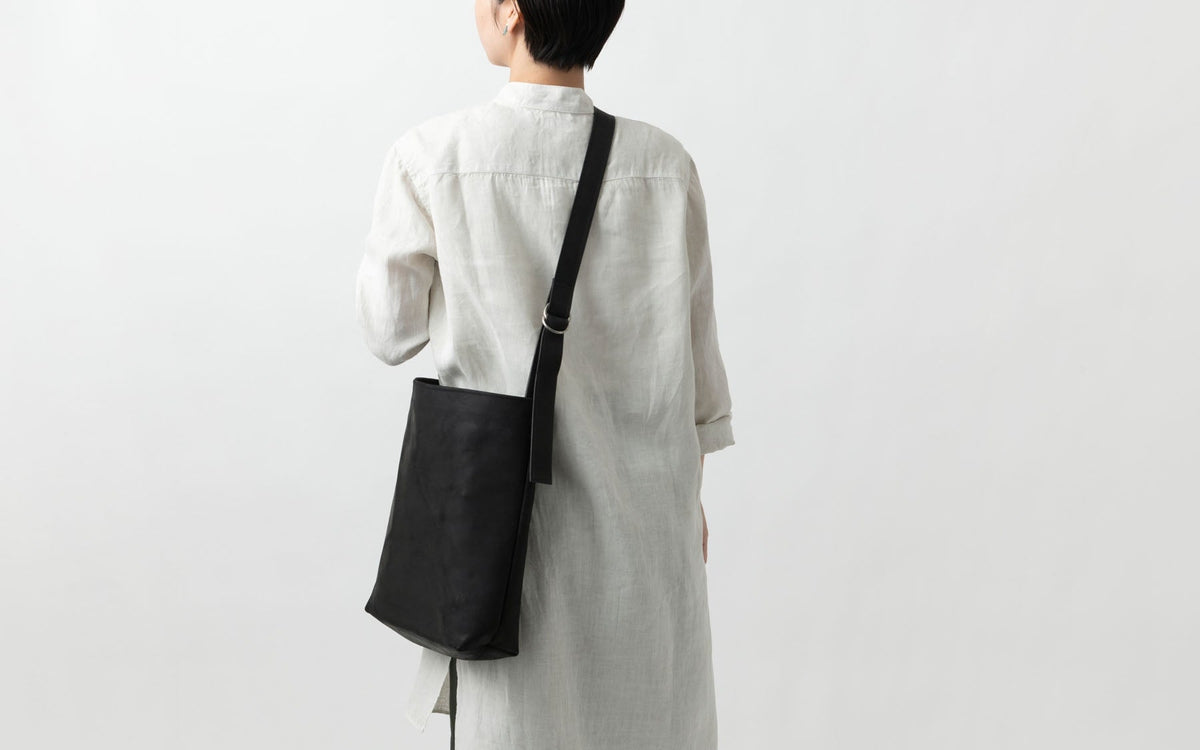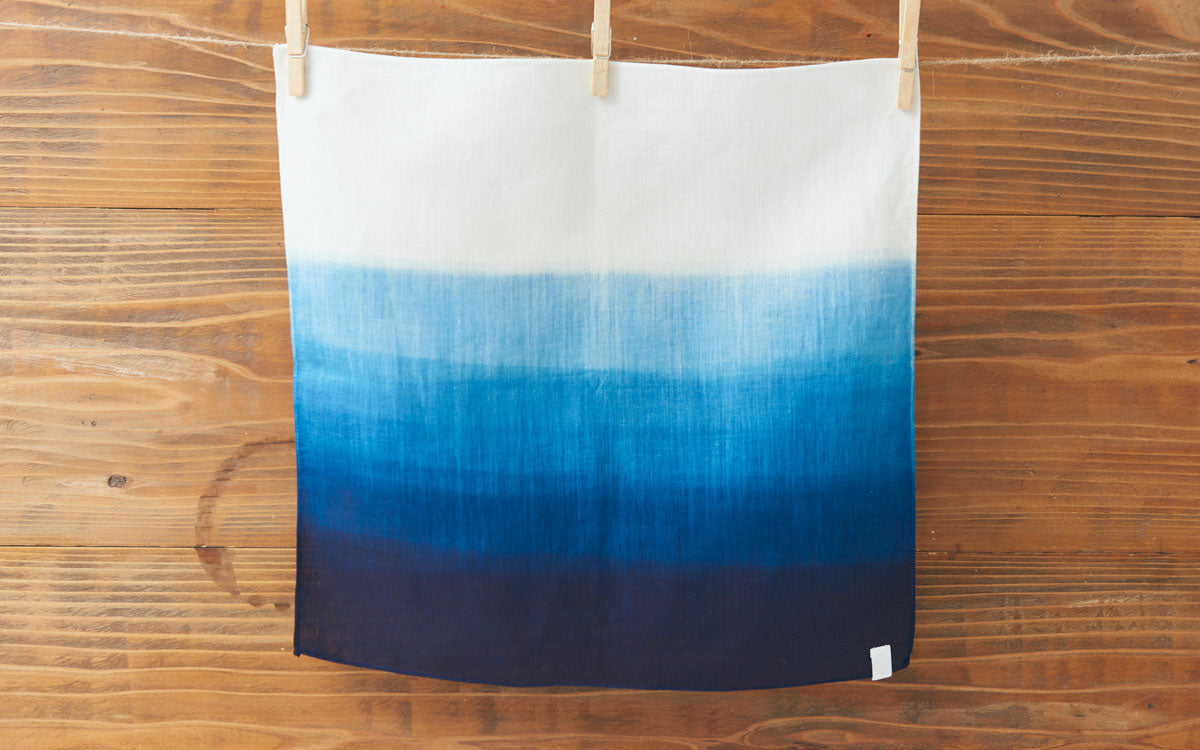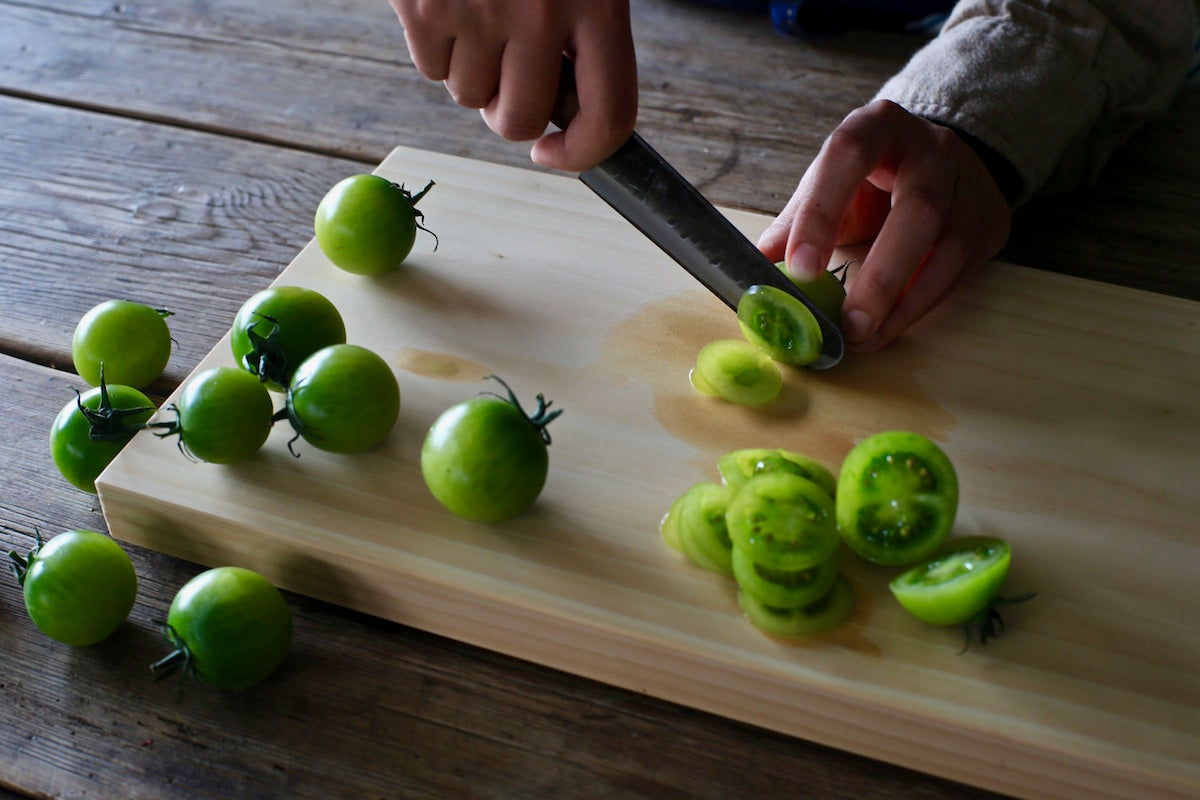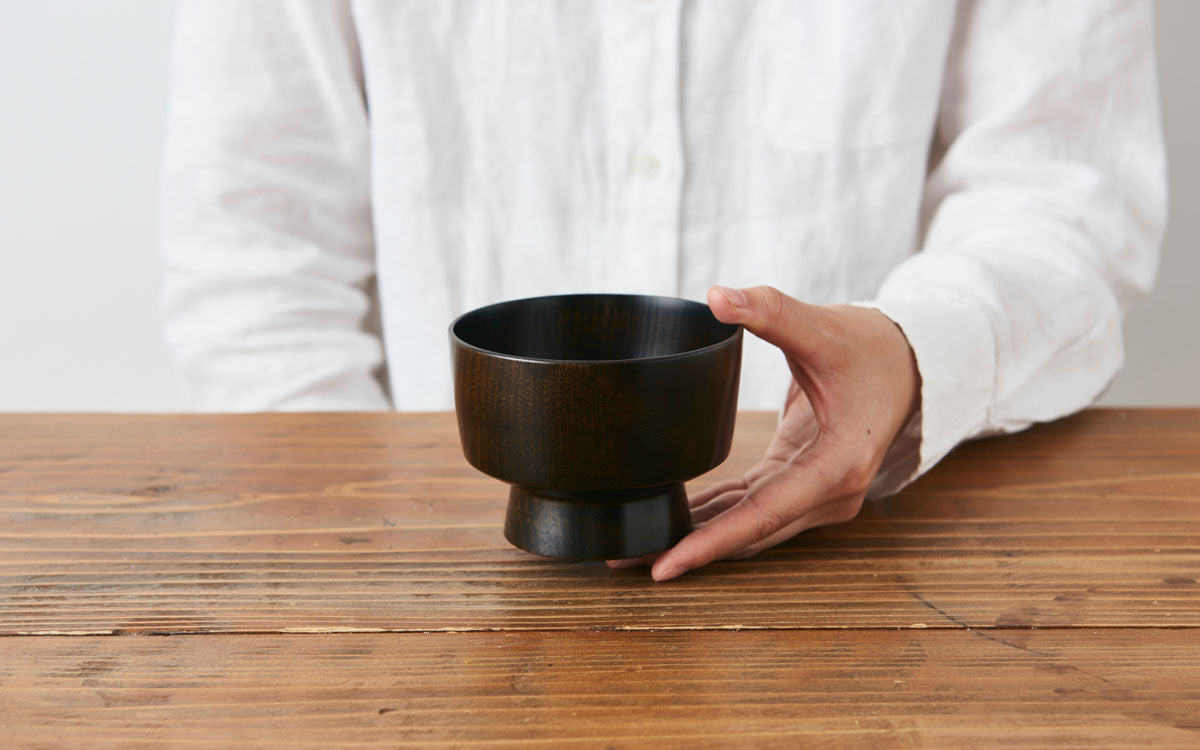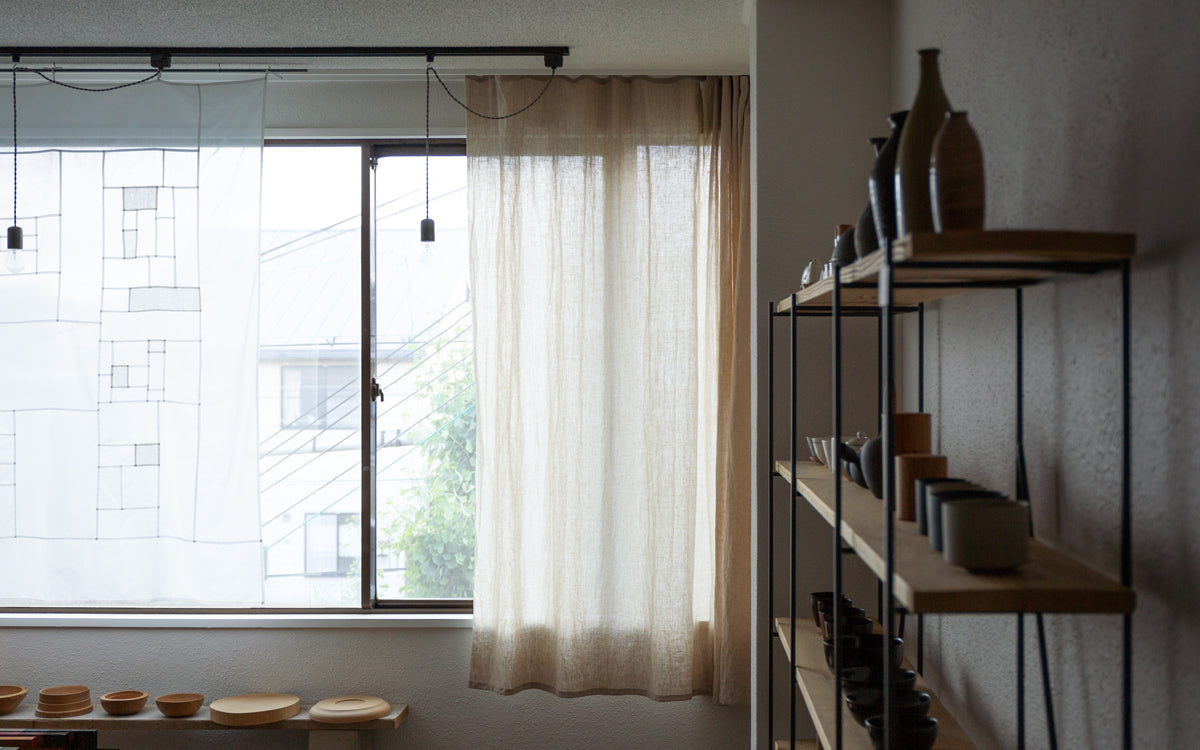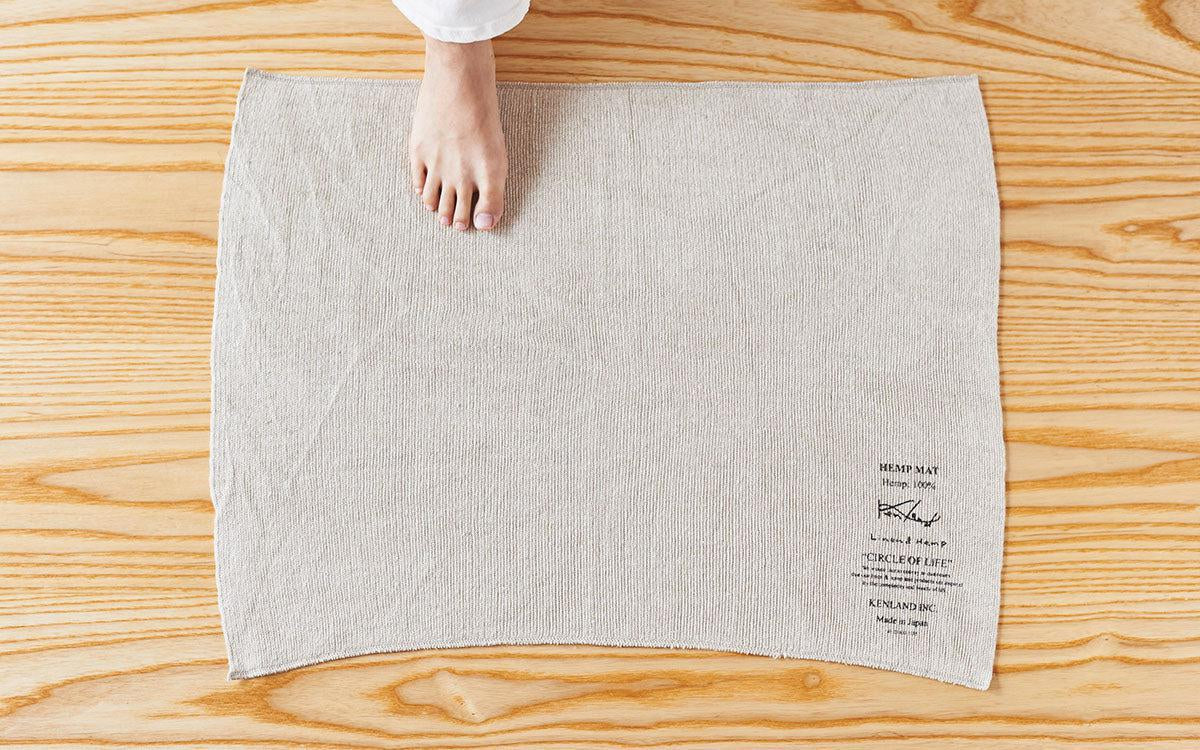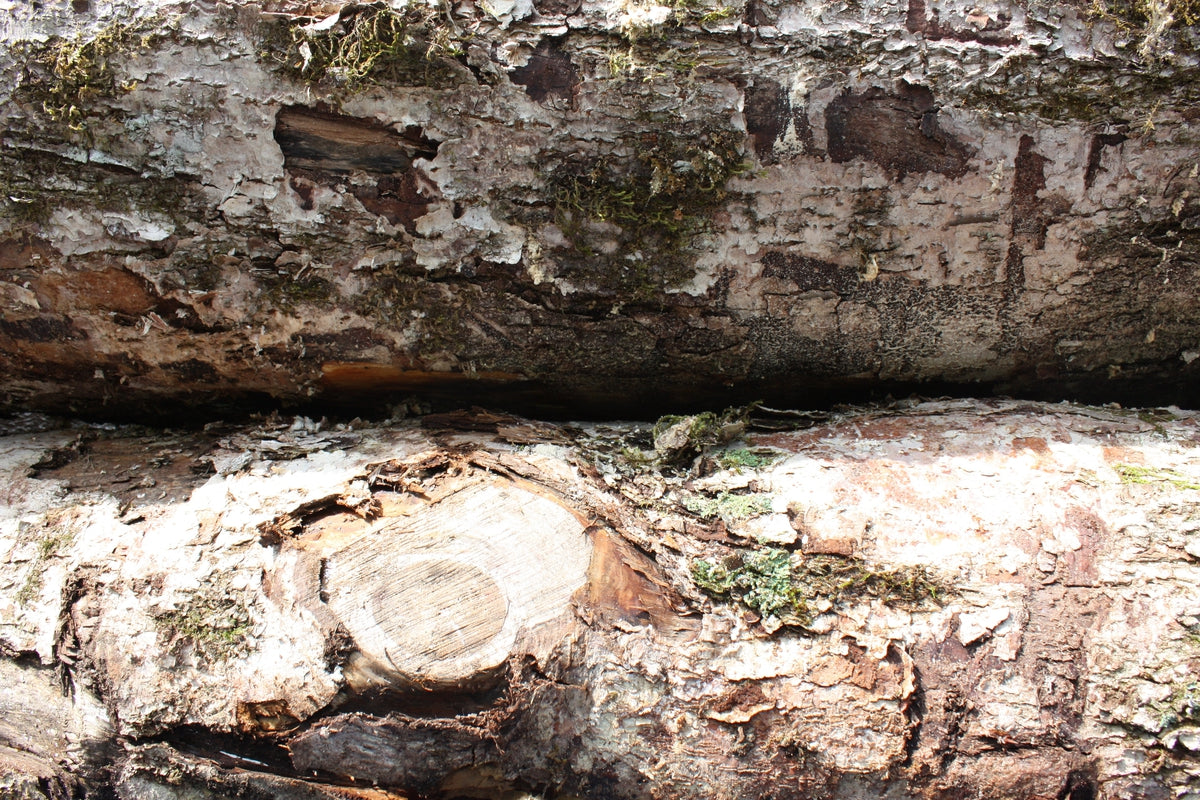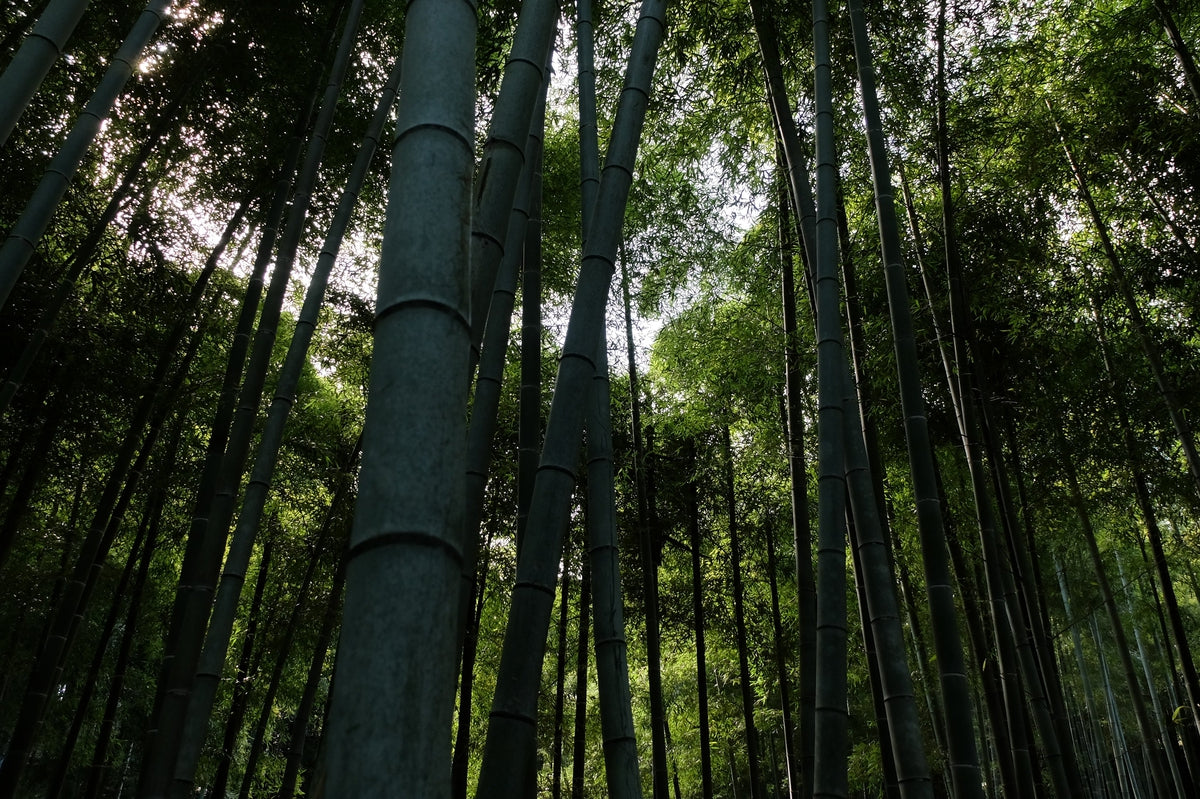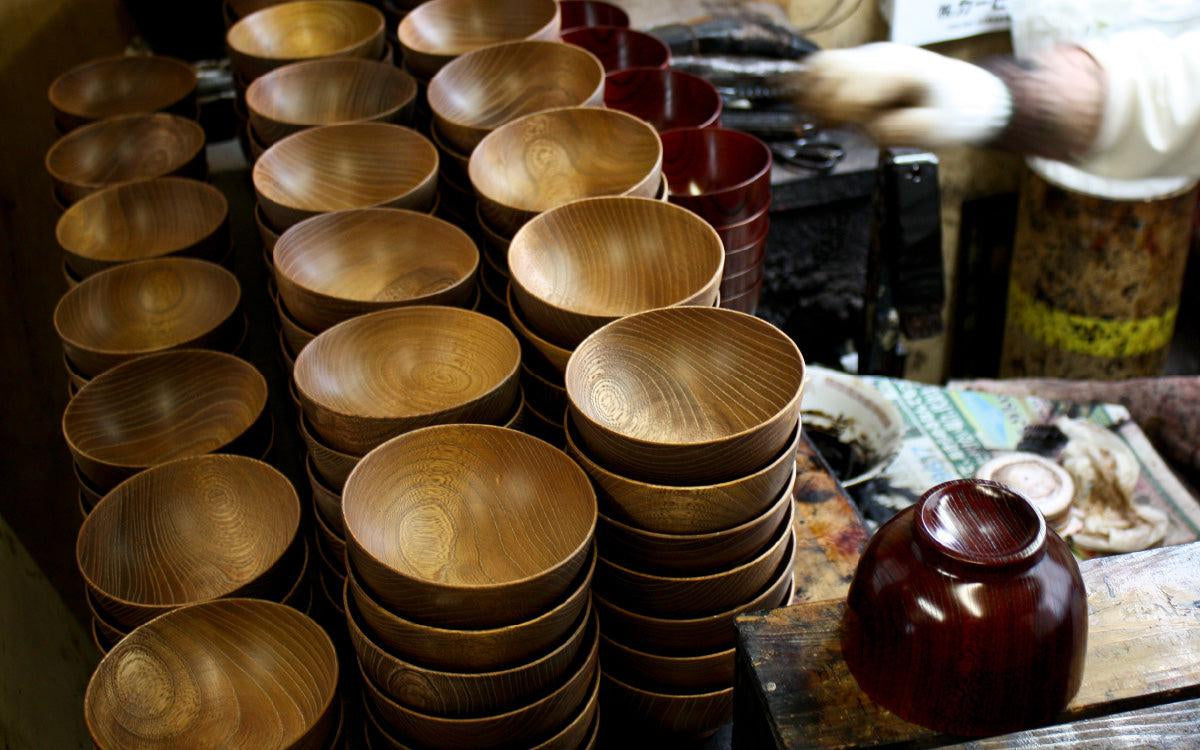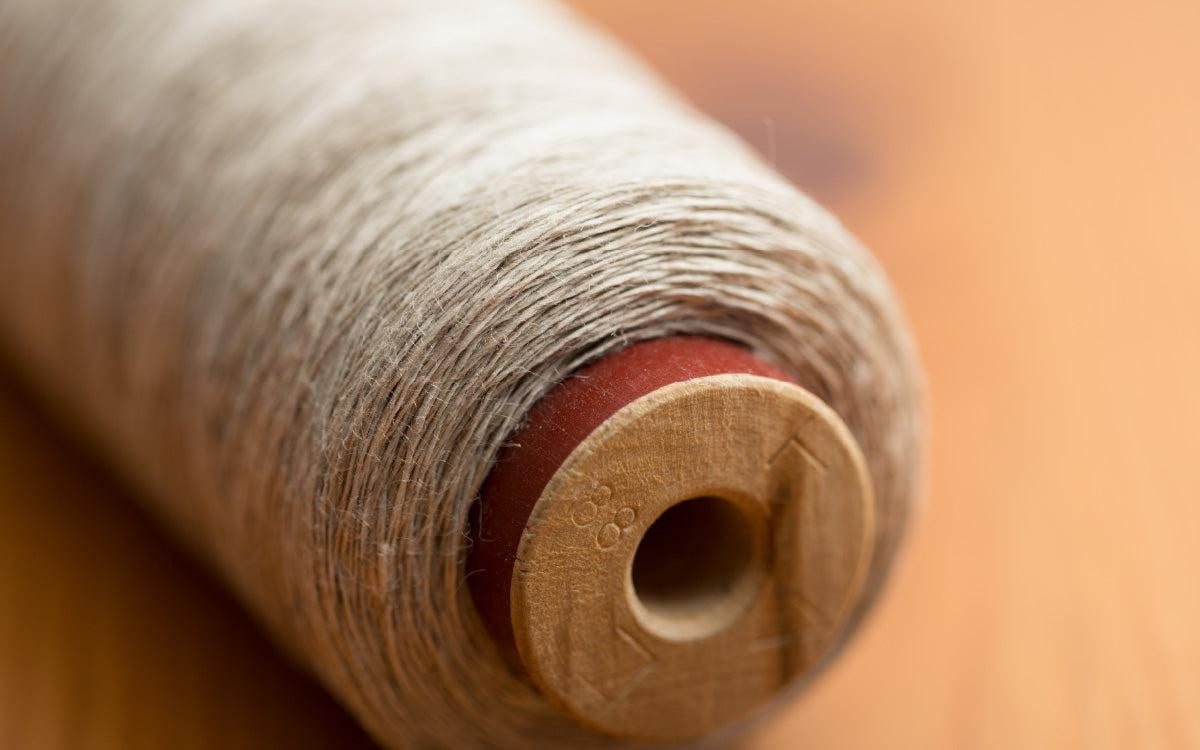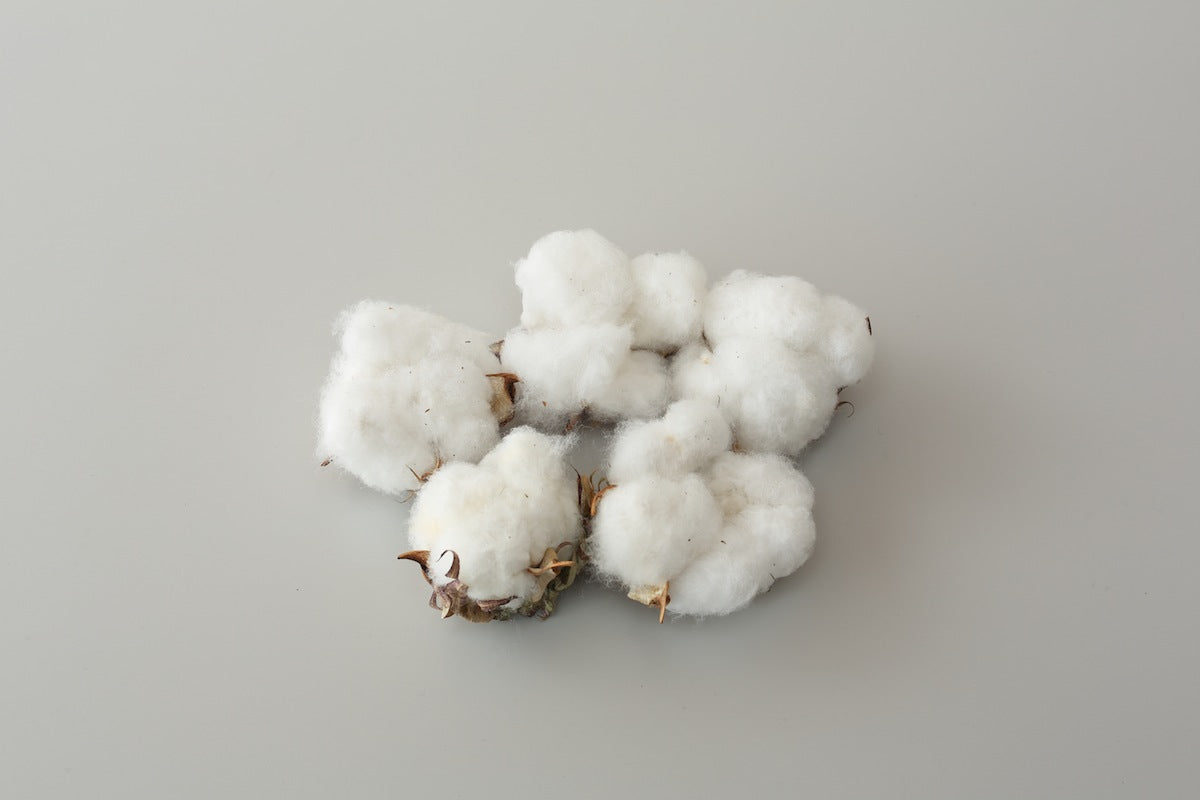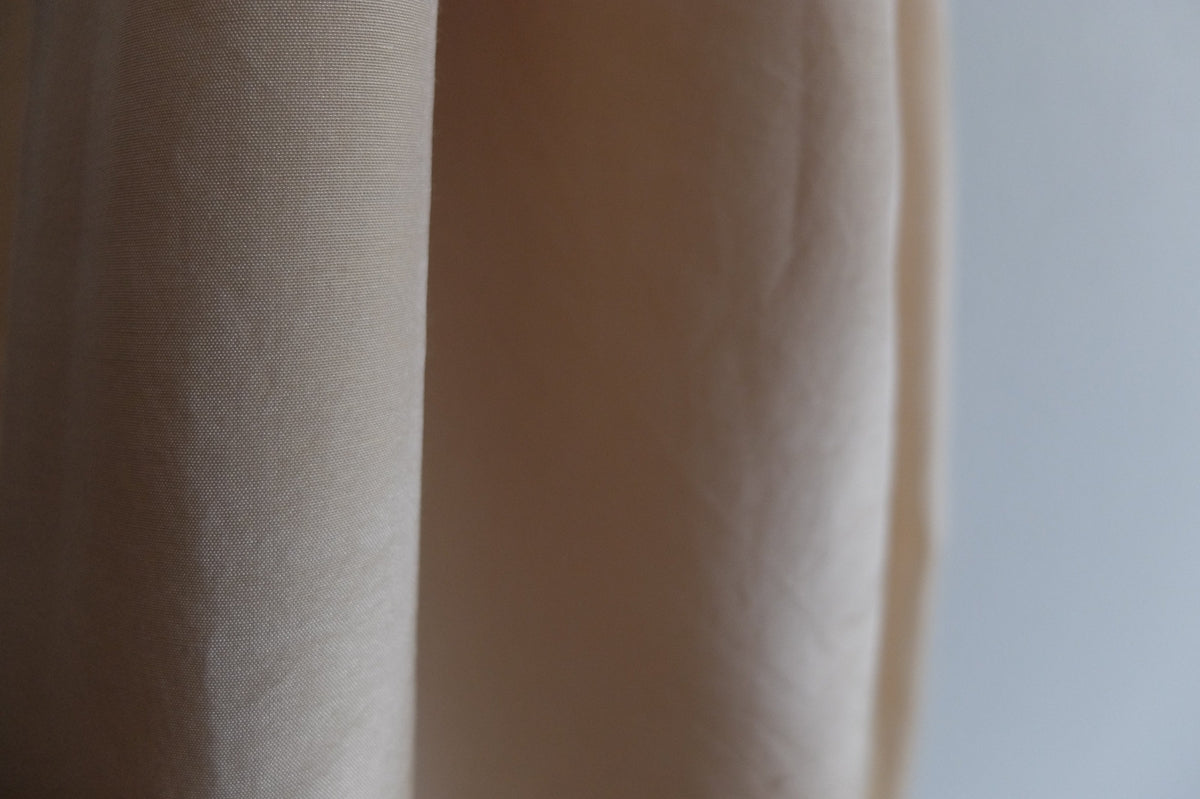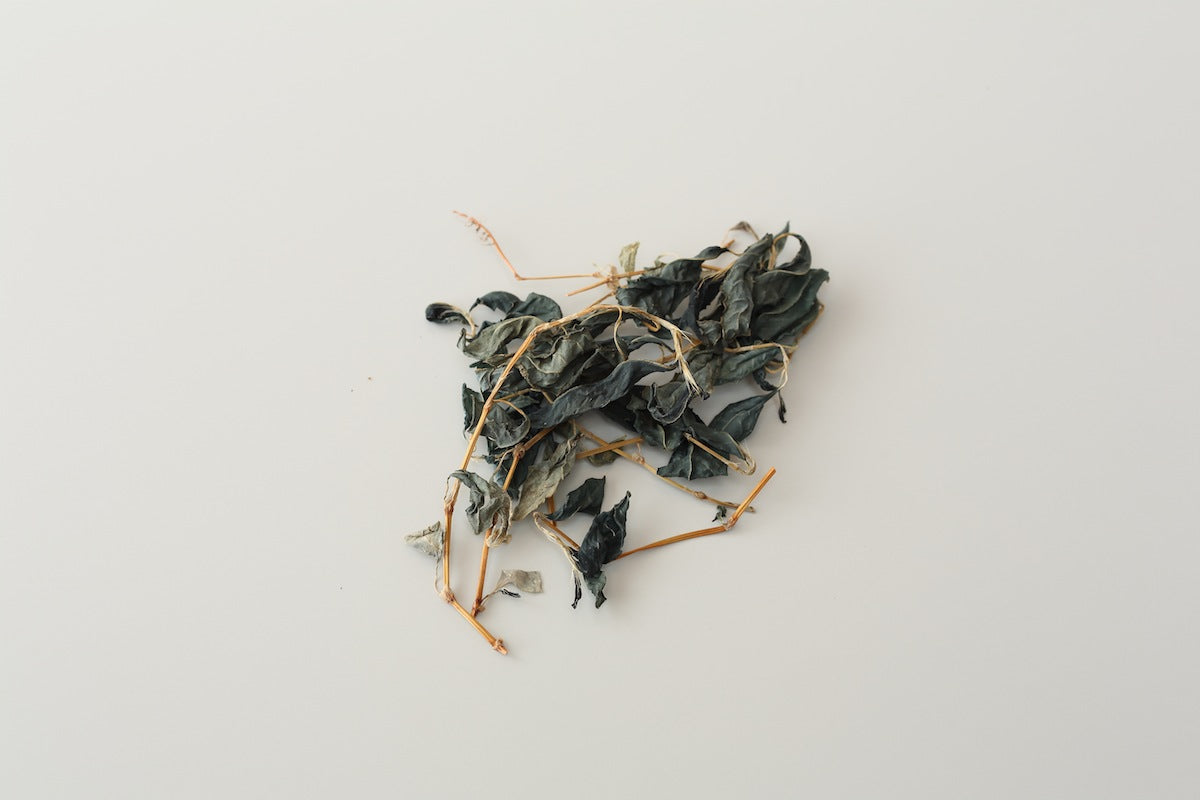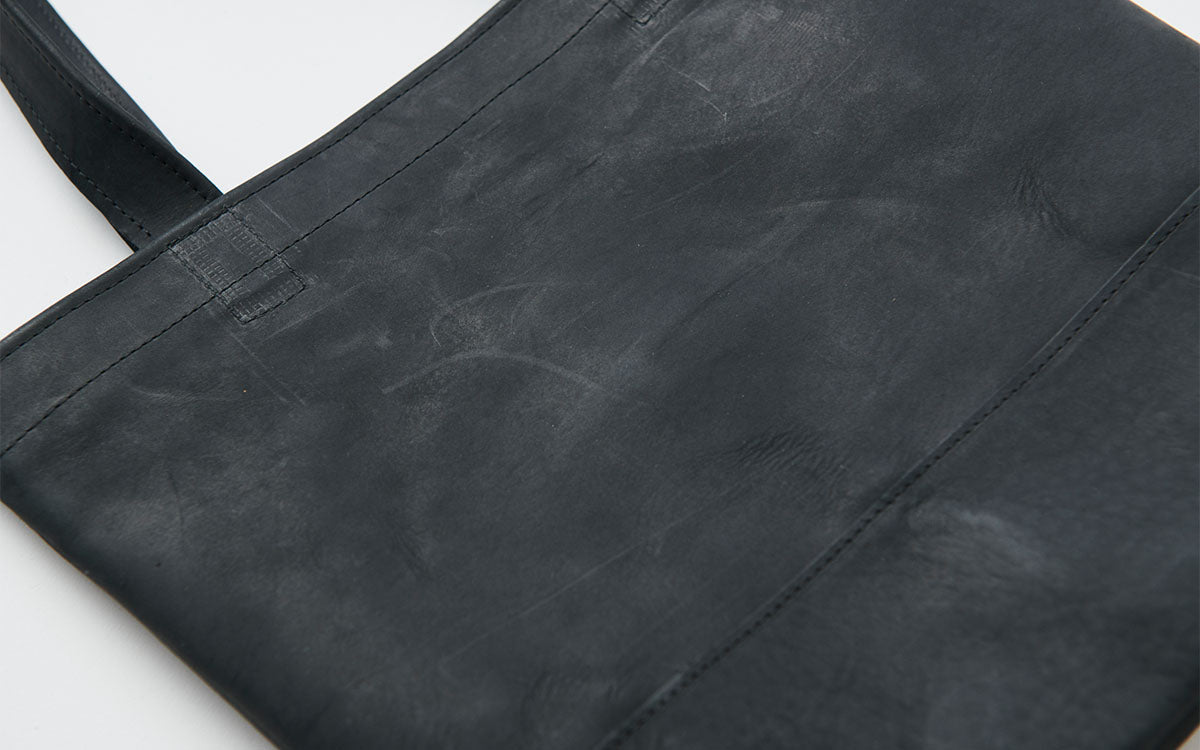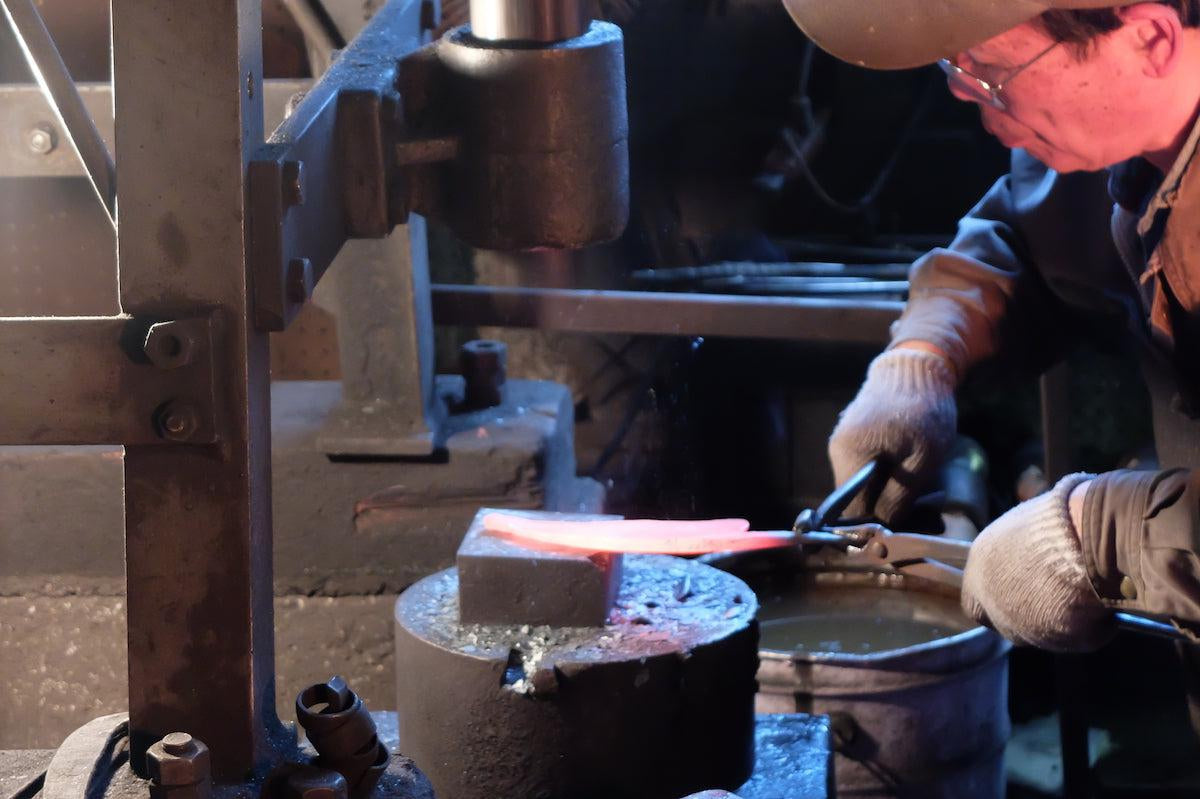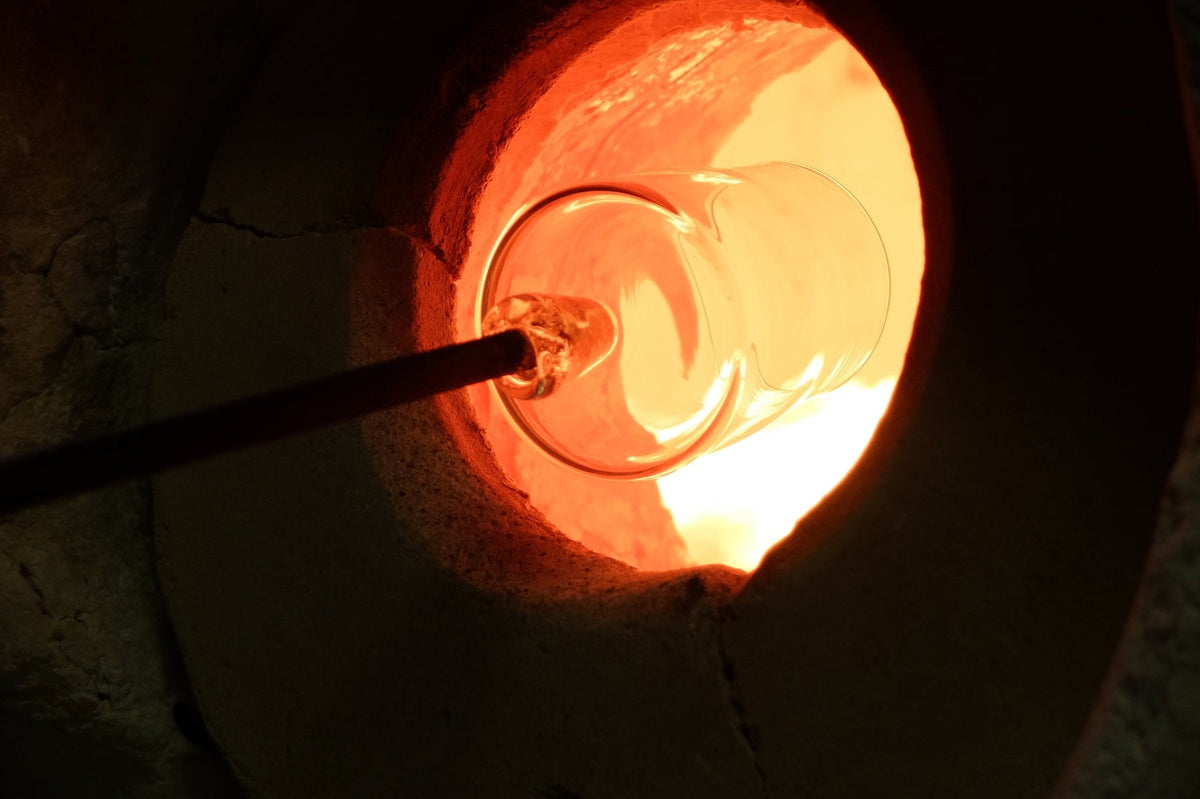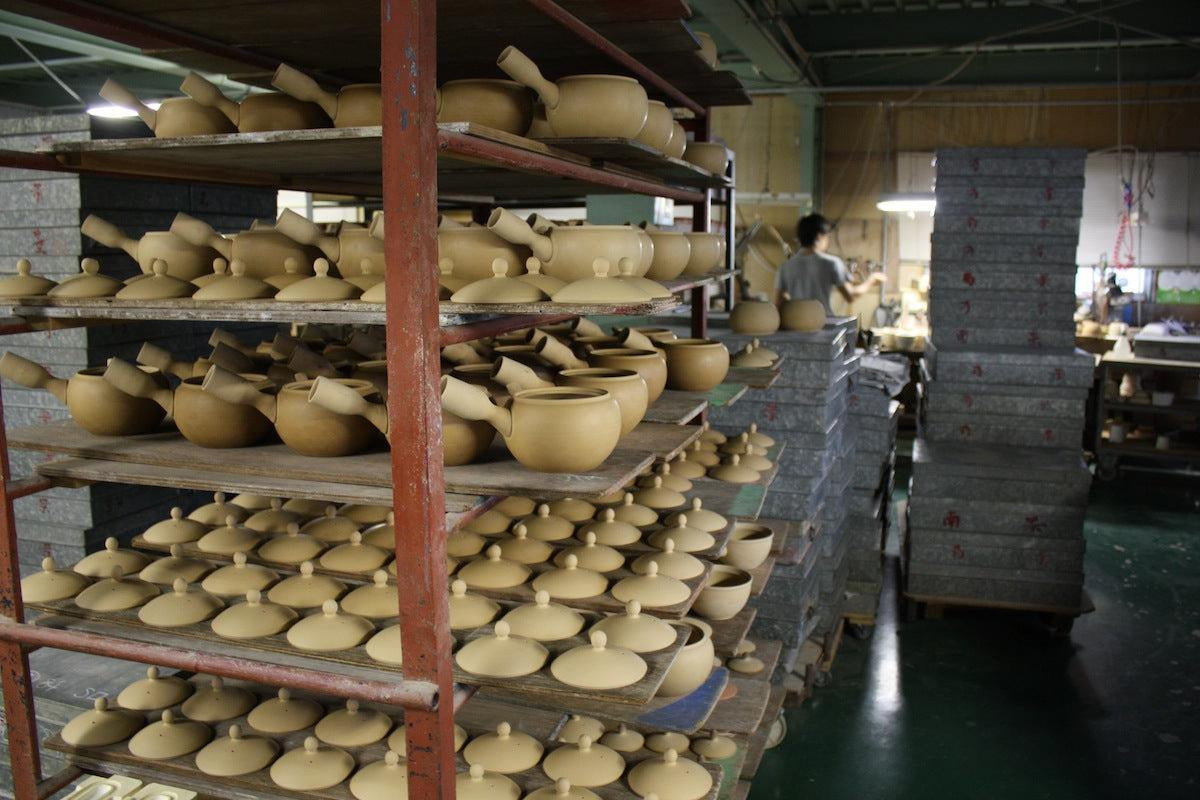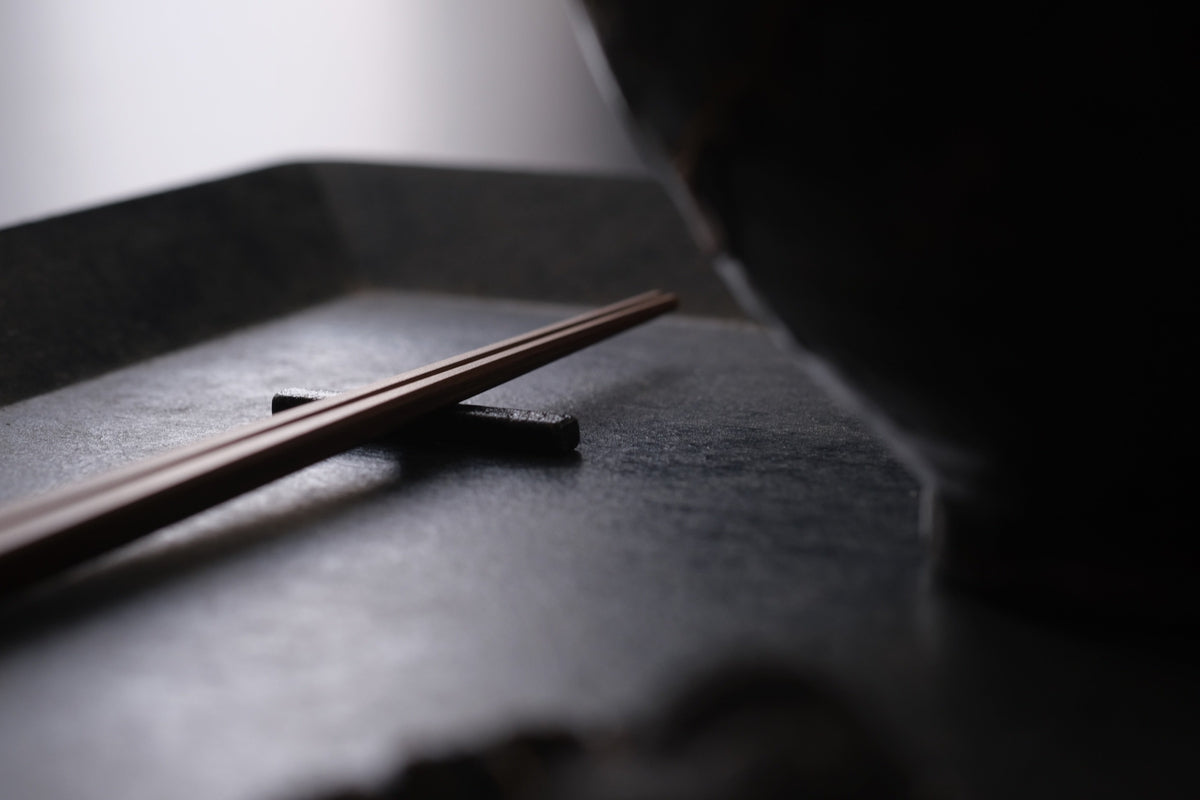Shuttle linen 25HD multi-cloth 65 x 65cm <each color>
色別在庫数: white - 0 black - 1 khaki - 0 moss green - 0 navy - 0 Light blue - 0 red - 0 yellow - 0 オフオレンジ(在庫なし・生地入荷未定) - 0 pink - 0
Couldn't load pickup availability
- # PINTとzawacollection
- # キッチン
- # キッチンクロス
- # シャトルリネン25HD生地
- # タオル
- # テーブルクロス
- # ネコポス配送3個まで
- # 亜麻(リネン)
- # 四角布(クロス・大判布)
- # 織生地
- # 食卓
- # 麻
When I started PINT, the first material I wanted to work with the most was linen. Suitable for the hot and humid climate of Japan, it has been used and loved for a long time. It can be used as a natural material with excellent functionality even in today's lifestyles that have changed.
In particular, the linen material is useful around the water. Highly absorbent and quick-drying, it dries and is hygienic even in the rainy season and summer. It's also very strong, so you can use it for a long time. Each time you use it, it will grow and you can enjoy the beauty of aging.
I thought I'd make a kitchen cloth first because I could pack the goodness of linen tightly and use it. It's a very simple product, so the fabric is almost everything. I was able to try various fabrics and visit the factory to meet this fabric, and it was the very first product of PINT, along with the 25HD linen kitchen cloth .
I use the wide type of fabric used for the 25HD linen kitchen cloth. The fabric thread, standard, and manufacturing method are the same, but the width of the fabric is different.
The 25HD linen kitchen cloth is 38cm wide, but this one is 65cm wide. The length is also adjusted to the width of the fabric, and the shape is close to a square.
As a dish wipe when wiping a large plate dish or a lot of dishes. Due to its large size, it also absorbs a lot of water. This size is often chosen by restaurants.
We also recommend folding this size once or twice and hanging it up to use as a towel in the kitchen or bathroom. In the kitchen, it is useful because it can be used to wipe off moisture and is easy to use as it feels like a cloth. As a towel in the washroom, it dries well, is hygienic, and has a clean appearance and a comfortable feel. Plain weave linen is often used in Europe, but it is also perfect for the hot and humid climate of Japan, so please try it.
The water absorption and quick-drying functions are most effective when used around water, but the texture of the fabric is also good, so you can spread it like a tablecloth, wrap it in a lunch box, or wrap it as a mini furoshiki.
It's a simple square cloth, so please enjoy it in various ways.
The maker of this linen fabric is a craftsman who has inherited the tradition of Omi Jofu in the Omi Koto production area in Shiga Prefecture, and now mainly manufactures fabrics for apparel collection brands.
It is not simply linen fabric cut into kitchen cloth size. As a kitchen cloth, we use a fabric developed to bring out the best of the linen material. Slightly thick 25 count threads are carefully woven on an old-fashioned shuttle loom at a speed of 1 to 2 meters per hour.
The texture is different from ordinary fabrics, and you can clearly feel the strong and solid texture just by touching the fabric. The functionality and comfort of use, and the feeling of growing softer as you use it, make you look forward to working in the kitchen.
The fabric is made to be used for decades as a kitchen cloth, so you can use it for a long time.
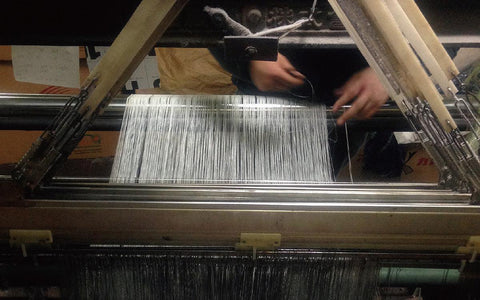
We carefully weave at a speed of 1m to 2m per hour with an old-fashioned shuttle loom.
Compared to the rapier looms that are mainly used today, the production speed is much slower, but the density and texture of the fabric can only be achieved with shuttle looms.
Since linen tends to break when a force is applied to it while it is being woven on a loom, the threads will break during the weaving process, and the threads will be tied one by one by hand as the work progresses.
Weaving with this shuttle loom requires not only skill, but also perseverance and time. Thick and durable threads such as cotton denim and canvas are still woven with shuttle looms, but 100% linen fabrics made with shuttle looms are rare.

This is what is called the shuttle, through which the weft thread is passed through the shuttle loom.
It is made of heavy wood and moves back and forth from side to side to pass the weft threads. Its movement is like a satellite, so it is called a shuttle (satellite).
On the other hand, modern rapier looms are designed to fly the weft with an air jet.
Even with this difference alone, I think you can imagine the difference in speed.

This 25 count thread is woven on the loom. Thick threads are ideal for kitchen cloths used around water.
The color is unbleached. This is the color of the raw material flux itself.

A zoomed photograph of the fabric woven from the upper thread on a shuttle loom.
You can see that the thread is tightly woven. Ultra-high density weaving beyond high density. By doing this, in addition to preventing fluff from standing up, a large amount of yarn is used, so the water absorption is increased.
It is just the right amount of manufacturing, using 2 to 3 times more thread than normal linen kitchen cloth, and weaving it with a shuttle loom as densely as possible.
If you look at the threads one by one, you can see that the threads are straight and beautiful. Due to the characteristics of linen, the thickness of the thread tends to be uneven, and many kitchen cloths have a little more unevenness in the thickness of the thread.
The work of the process of making yarn called spinning is reflected here. If the thickness of the thread is uneven, it will not be possible to weave at this high density, so it is necessary that the quality of the entire process, from thread to weaving, is uniform.

It is a fabric that is woven from linen and unloaded from the loom. With the concept of linen cloth grown from scratch, the fabric and products are neither softened nor pasted. Because it is unprocessed and has an ultra-high density weave, it will be taut at the beginning of use, so please wash or run it through water before use. At that time, the weave is tightly clogged and shrinkage occurs. I think that you can feel the new born fabric as it is unloaded from the loom.
The photo is after 2 months of use. Since it is not glued, the softness of the linen material itself comes out immediately. After repeated use and washing, it gradually becomes softer.
It's easy to use and it's easy to use, and the cloth that is tightly packed is more water absorbent. Please enjoy the change over time as the texture gradually improves and the linen grows softer.

You can see that it has woven ears. This is peculiar to the shuttle loom, and it is because the fabric is woven in this width.
Woven selvage and no seams on the two long sides allow moisture to escape and dry faster. (Same image as Tenugui)
This double line is yarn-dyed yarn that is dyed in the state of yarn before weaving. Threads from a dead stock dyer that was once said to be the most beautiful linen dyer in Japan. I use it little by little with line use. The color of the unique nuance which is unlikely now is beautiful.
This linen fabric is carefully cut along one weft thread and sewn. The tension during weaving is high, and the woven fabric is quite curved, so by cutting along the weft, it is possible to eliminate distortion after use.
It looks simple, but it is a cloth that is packed with everything you can think about, from thread to finish. I would be happy if you could use it for a long time and grow it.
▼Size order
The fabric width is fixed, but it is possible to order the length direction parallel to the double line.
[Made to order] Shuttle linen 25HD 65cm width Size order <Each color>
【material】
100% linen
Because it is a natural fiber, the color may vary depending on the thread lot. In rare cases, the unbleached color of the base other than the double line may be slightly different, such as a color close to beige or a color close to gray.
【size】
65cm x 65cm
Since the width of the fabric is used as it is, it may differ slightly depending on the lot at the time of weaving.
During the first wash, there will be 10-15% shrinkage in the warp (length: 65cm) direction and 5-10% in the weft (width: 65cm) direction parallel to the double line. As a guideline, it will shrink from "65cm x 65cm when finished" to "about 58cm x 60cm after washing and using several times". Shrinkage may vary slightly depending on the weaving lot and washing environment.
[exterior]
none
[Handling and care]
・It is a raw fabric that has been woven and has not undergone fabric processing. At the time of handing over, it is in a firm state with tension. Please wash once or run through water before use.
・Be careful not to use bleach, fluorescent agents, or dryers as the texture may be damaged.
・When ironing, it is recommended to set the temperature to medium or lower, not the high temperature setting. When setting the high temperature, apply a pressing cloth.
*Frequently Asked Questions/Supplementary Comments*
・The product name has been changed due to the change in size development. The old product name is "Shuttle Linen 25HD Multi-Cloth M". The product content is the same.
・Line There are multiple "colors", so please choose a color from the options.
・Shuttle linen 25HD fabric is available in two widths, 38cm and 65cm.
・There are two sizes: 38cm x 55cm and 65cm x 65cm. There is also a made-to-order " 38cm fabric width x length size order " and " 65cm fabric width x length size order ".
·Related Links
















